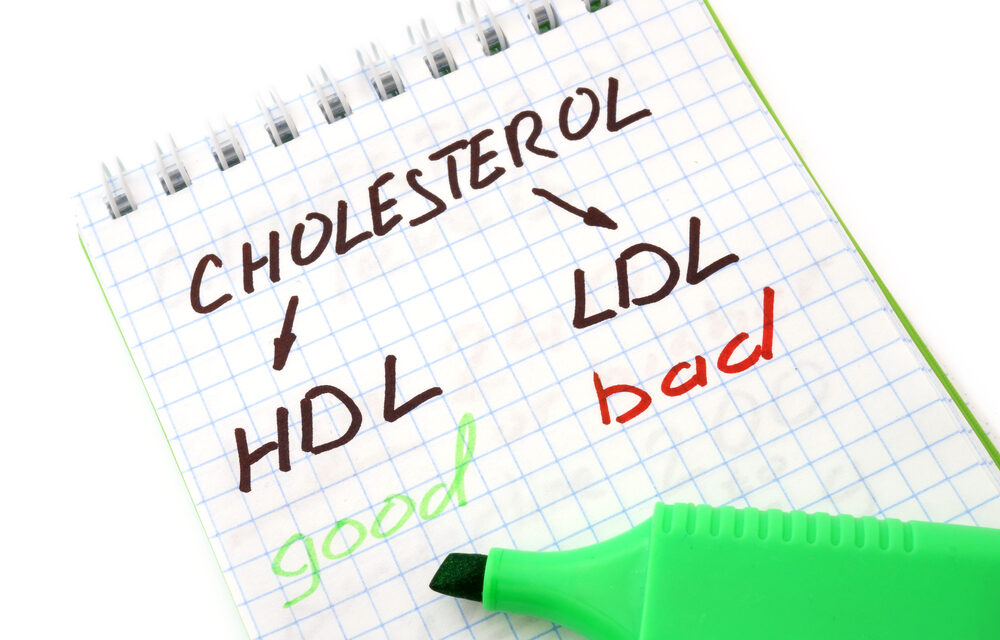Cholesterol is a complex topic that can be difficult to understand. Cholesterol is present in the body, and it can also be found in food. “That can make it hard for people to understand why cholesterol is often seen in such a negative light,” says William Healy, M.D. To understand more about cholesterol, Dr. Healy offers the following helpful information.
What is cholesterol? A waxy, chemical compound, cholesterol often gets a bad rap. However, the American Heart Association says it is actually needed to build cells. The liver makes all the cholesterol a person needs. Additional cholesterol comes from diet. There are two types of cholesterol carried through the blood. Low-density lipoprotein (LDL) transports cholesterol particles throughout the body. This is considered “bad” cholesterol because it can build up in the walls of the arteries. High-density lipoprotein (HDL) picks up excess cholesterol and takes it back to the liver, which is why it is considered “good” cholesterol. In terms of measuring cholesterol, a total cholesterol level of less than 200 mg/dL is desirable. High HDL numbers are best, and any amount less than 40 mg/dL is a red flag. For LDL, less than 100 mg/dL is optimal.
Why is cholesterol sometimes concerning? When present in the right amounts, cholesterol is instrumental in building healthy cells. When there is too much bad cholesterol in the blood, that can pose a problem. That’s because it can increase risk for heart disease. In high amounts, LDL cholesterol can deposit fatty residue in the blood vessels. These deposits will grow over time and harden, blocking off the flow of blood through the arteries and making vessels less flexible, a condition known as atherosclerosis. Sometimes, cholesterol deposits break off suddenly from the walls of blood vessels and then form a clot that can lead to a heart attack or stroke. In addition to cholesterol, doctors will measure triglycerides during lipid profiles. Triglycerides are a type of fat in the blood. Having high triglyceride levels also can increase risk for heart disease.
Managing cholesterol levels. High cholesterol is one of the major risk factors for coronary heart disease, though it is controllable. By making some changes and being cognizant of cholesterol numbers, individuals can improve their overall health significantly. It is important that individuals know the baseline numbers in their lipid profile, including HDL, LDL and triglyceride levels. Doctors may differ in their interpretations of how cholesterol levels factor into the bigger picture of a person’s lifestyle and overall health. However, people can still do their best to keep bad cholesterol levels down by:
- Reducing consumption of foods high in saturated fats, trans fats, and animal proteins.
- Reducing weight to have a body mass index lower than 30.
- Increasing exercise, which will help boost HDL naturally.
- Quitting smoking, which can lower levels of LDL.
- Consuming alcohol in moderation. Alcohol tends to increase total cholesterol levels.
Dr. Healy urges individuals to speak to their doctors if they have concerns about cholesterol.
William M. Healy, M.D. specializes in Internal Medicine and Geriatrics. His office is 2235 Millersport Hwy, Suite 100. Call 716-204-5933 to make an appointment. Learn more at www.MDVIP.com/WilliamHealyMD.











